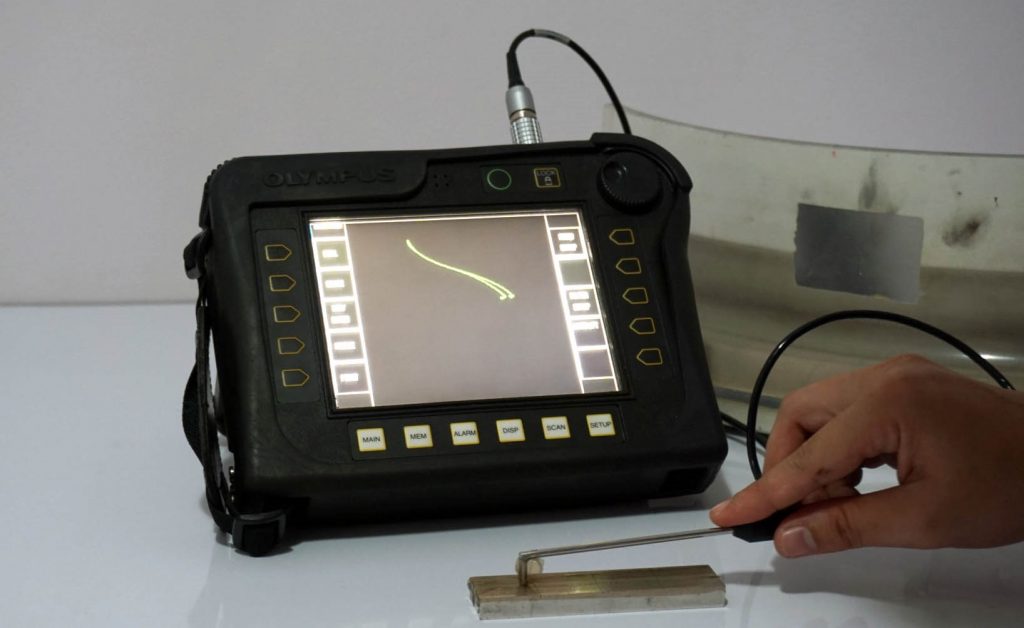
Eddy Current Testing
Eddy Current Testing is an electromagnetic form of inspection and highly effective method which provides accurate information, to maximize the efficiency and life expectancy of vital components without sacrificing safety and reliability. Conventional eddy current tube inspection is primarily used on non-ferromagnetic tubing, however variations of this technique can be used to inspect partially ferromagnetic alloys as well as carbon steels.
When a copper coil is excited with an alternating electrical current, the coil produces a magnetic field around itself. This magnetic field oscillates at the same frequency as the current passing through the coil. The magnetic field follows the direction ascertained by the right hand rule.
The probe sensor consists of two coils, differentially connected in a bridge circuit. When an alternating current is applied, the sensor generates a magnetic field (Primary magnetic field), when this field approaches the tube wall of a conductive material, currents opposed to the ones in the coils are induced (Eddy Currents). The Eddy Current field again generates a secondary magnetic alternating field which is opposite to the primary field.
In a “defect-free” tube wall the eddy currents are constant, and the voltage induced in the coil does not change. However in the presence of a reduction/increase in the tube wall, the distribution of the eddy current field and therefore change in the secondary magnetic field causes a change in the balance of the system. This can be detected and by measuring the changes in impedance in the coil, the amplitude and phase shift can be evaluated.
Advantages:
High inspection speeds.
Reliability and accuracy of inspection results.
Can differentiate between internal and external.
Detection of through wall holes.
Cleaning less stringent than IRIS (95% fill factor).
Can detect gradual wall loss and localized defects.
As the technique uses multiple frequencies, flaws under support plates (baffles) can be detected.
Limitations:
Blind to defects under tube sheets.
Complex signal interpretations.

